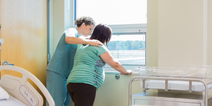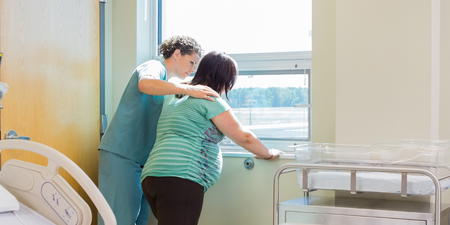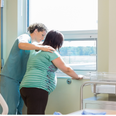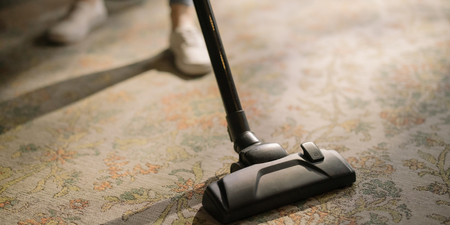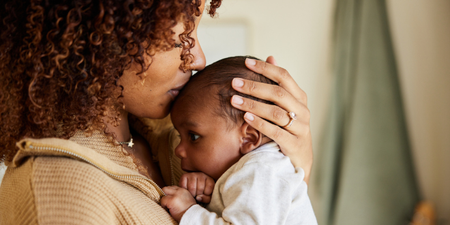As Ireland’s latest maternity care overhaul prepares us for a shift towards more midwife-led births, a new study from New Zealand suggests that medical-led deliveries may still be safer.
New Zealand is one of only two western countries to have a midwife-led system, which sees four in every five women receive pre and post natal care and delivery support from a midwife.
A four-year study of 244,000 births by The University of Otagoan revealed an “unexplained excess of adverse events in midwife-led deliveries in New Zealand where midwives practice autonomously.”
The study authors note:
“We found that, among mothers with medical-led care compared with midwife-led care, there were lower odds of some adverse outcomes for infants. These included oxygen deprivation during the delivery (birth-related asphyxia) (55% lower odds), neonatal encephalopathy—a condition that can result in brain injury (39% lower odds), and low Apgar score, which is a measure of infant well-being immediately postdelivery, with a low score being indicative of an unwell baby (48% lower odds).”
It’s important to note that overall rates of adverse outcomes in New Zealand are low comparable to international rates. However, the findings of this study suggest that avoidable adverse outcomes may still be occurring.
The study authors have now called for further research to examine the potential reasons for an apparent excess in adverse outcomes in midwife-led care.
Lead researcher Ellie Wernham – a former midwife currently studying to be a doctor – told The Guardian:
“Contributing factors could include high-risk mothers receiving midwife care inappropriately, staffing issues, collaboration issues, the level of training midwives receive and delays in mothers being referred to a medical professional,” she said.
New Zealand’s College of Midwives have criticised the study findings, saying the research only demonstrates that private maternity care is better resourced than public care. College of Midwives chief executive Karen Guilliland told The Otago Daily Times:
”Most of our maternity hospitals are understaffed and often struggle to provide immediate response when midwives request medical input. This means that often women in labour have to wait to see a specialist, causing unacceptable delays for them and their babies.
”None of our main maternity hospitals have an obstetric consultant on site after hours or weekends, which are when the majority of births occur.”
Launched in January, the Irish Government’s draft National Maternity Strategy 2016-2026 aims to provide women with greater choice when it comes to giving birth, taking the focus off of the obstetrician-led approach and giving more access to home birth and midwife-led care.
According to the plans, normal or ‘low-risk’ deliveries would take place in a “low intensity birth centre” or in the mother’s home. If, during the birth, an epidural or fetal monitoring was required, they would then transfer to a “high-intensity birth centre”, which would be more like a traditional labour ward.
Medium or high risk deliveries would always take place in high intensity birth centres.
How do you feel about the changes to Ireland’s maternity services? Let us know on Twitter @HerFamilydotie.


